Nature and Environment
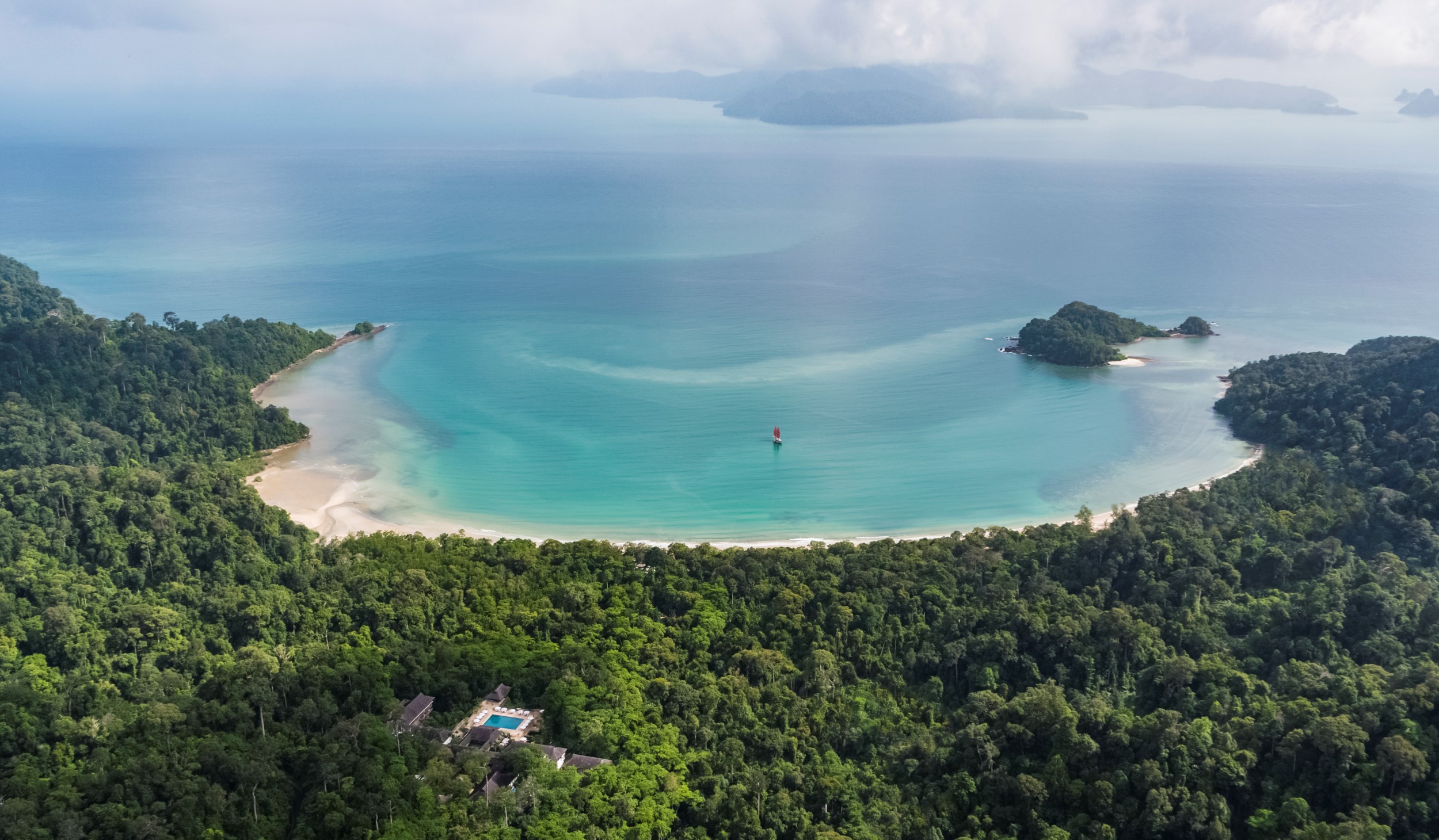
From above, The Datai Langkawi amalgamates perfectly with the natural landscape of Datai Bay. Three colours dominate this landscape; green, beige, and blue – forest, beach, and sea.
Upon closer inspection, it gets much more complex and interesting than just green, beige, and blue. Different natural habitats on land and sea are interconnected in a unique way, presenting an experience unlike any other. Each habitat is made distinct by some dominant features.
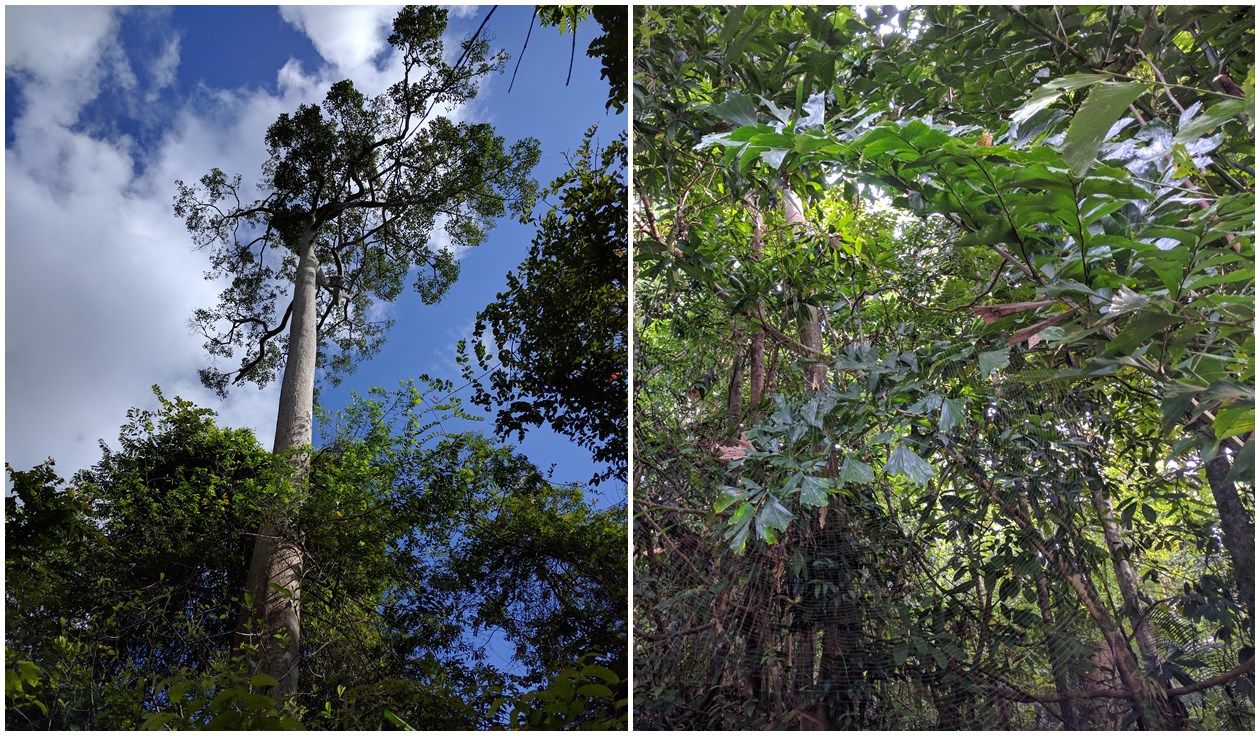
The lowland dipterocarp forest, commonly referred to as the rainforest in Malaysia, greets visitors of the resort with towering trees of 40 metres in height and populous understory trees and saplings waiting for their chance to race for the skies in the event of a break in the canopy for light, a precious and vital commodity in rainforest economics. Lianas, climbers, and epiphytes decorate the understory trees, adding to the denseness of the rainforest.
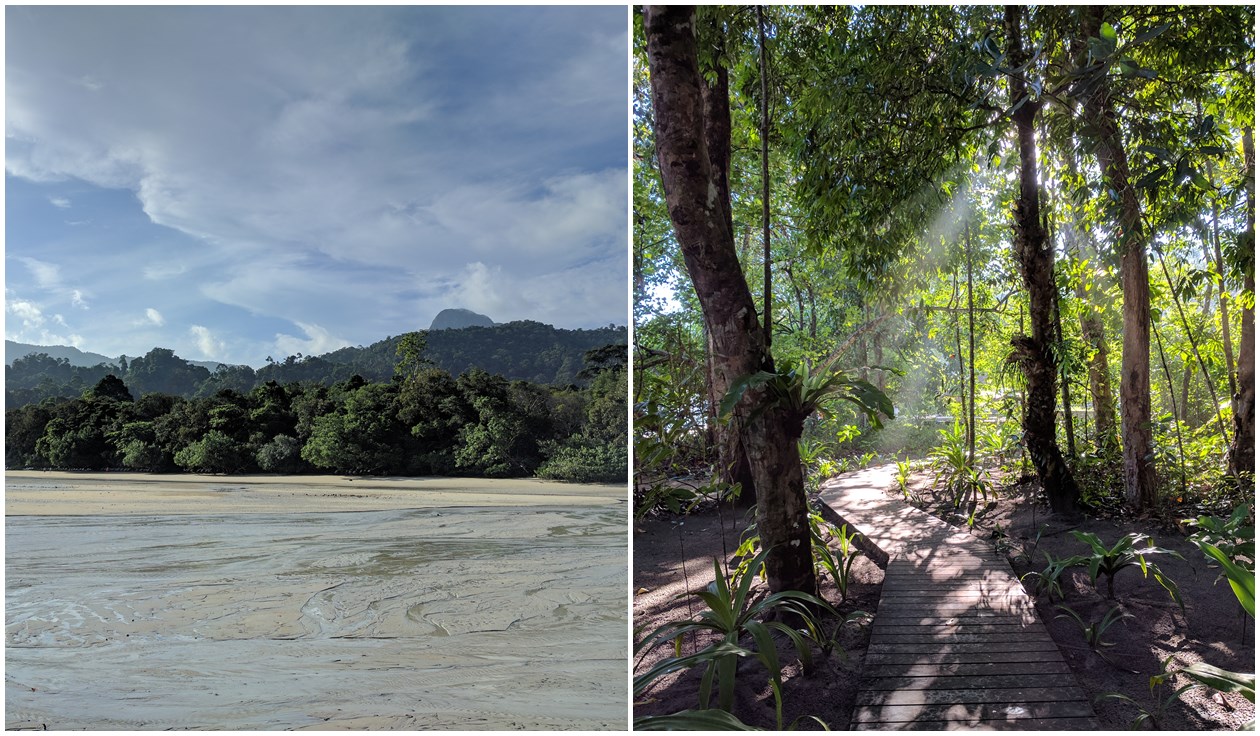
Shorter trees dot the edge of the forest line at the beach as soil changes from a thin layer of organic matter to a much sandier bottom. Gigantic trees of the rainforest can no longer be supported on the sand, so trees are shorter. Some grow low, with branches sometimes growing into the sand for extra stability This is the littoral forest which is constantly beaten by strong winds from the ocean.
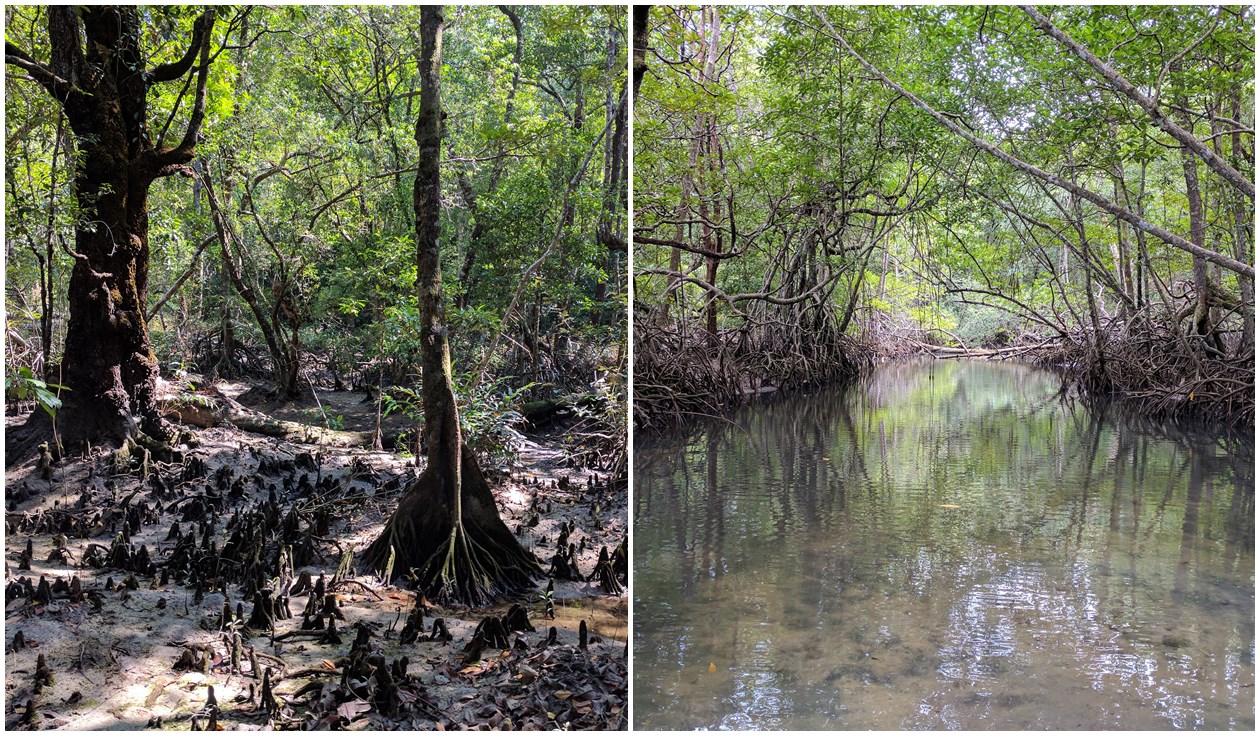
Explore towards the western side of the beach in Datai Bay and you will come across trees with prop roots on muddy banks of a stream intruded by saltwater due to the rise and fall of the tides. These trees make up the mangrove forest where land meets the ocean. They have desalinating abilities to extract salt from the brackish water for freshwater, especially during the flooding of the tide.
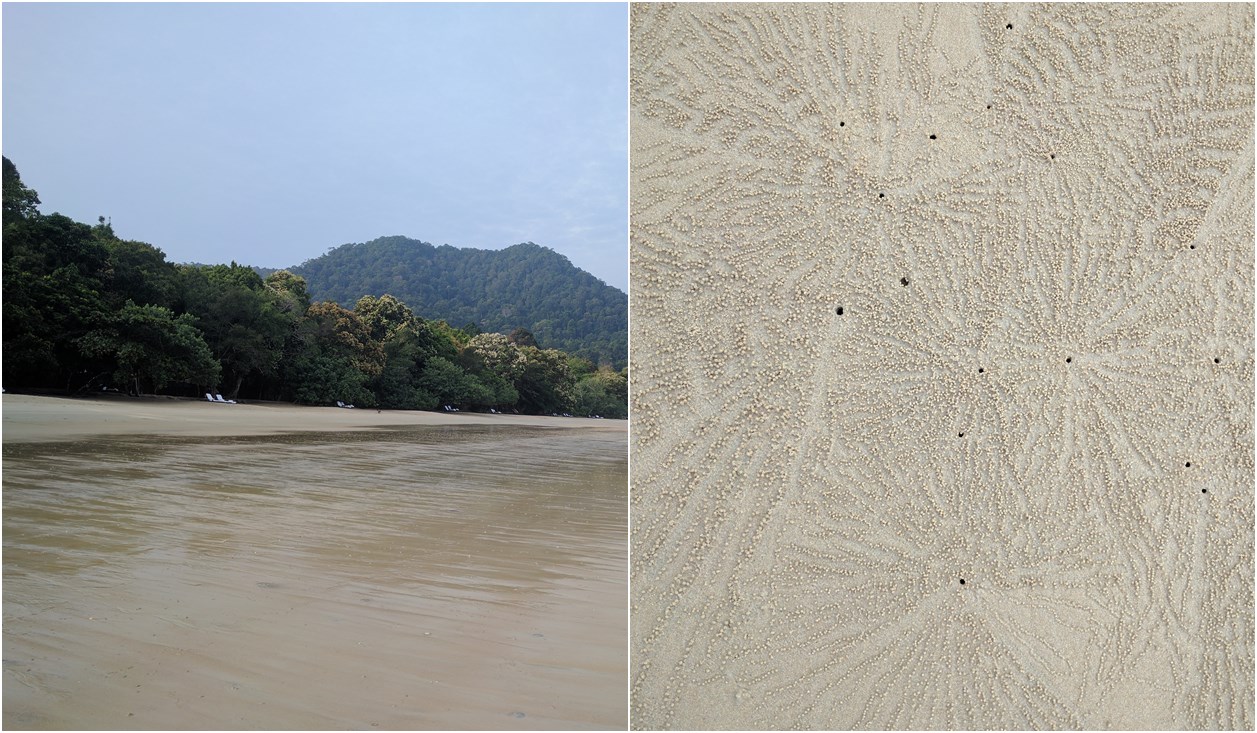
When the tide recedes, the Datai Bay’s gentle quartz and calcium carbonate sandy beach comes to life as crustaceans go on a feeding frenzy on detritus left behind by the sea. Worm casts and calm burrow are visible and sea snails leave their trails on the surface, adding to the bustle on the beach.
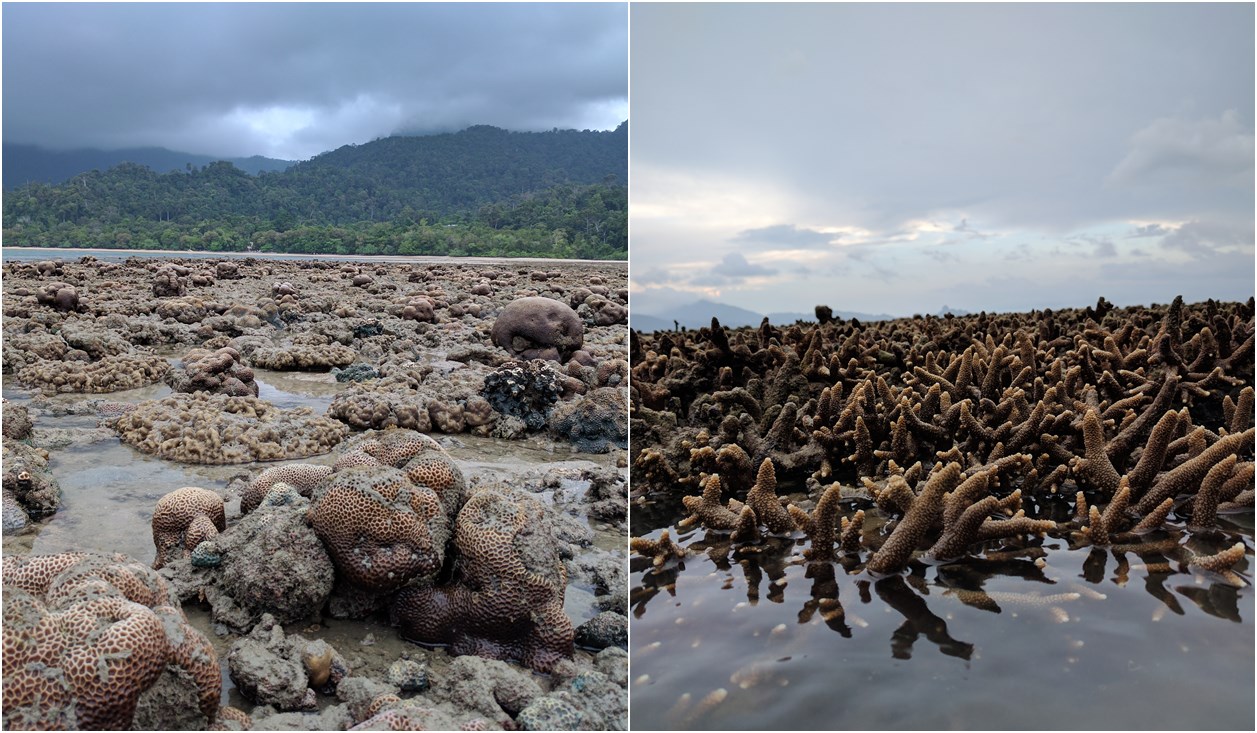
At the lowest of tides, the reef flats are exposed to dry air. Doing best when submerged in water, these hard, reef-forming corals expend energy to coat themselves with mucous to avoid drying out. There are many beautiful forms of hard corals, but the iconic branching corals do best in this area where they are safe from the strong crashing waves.
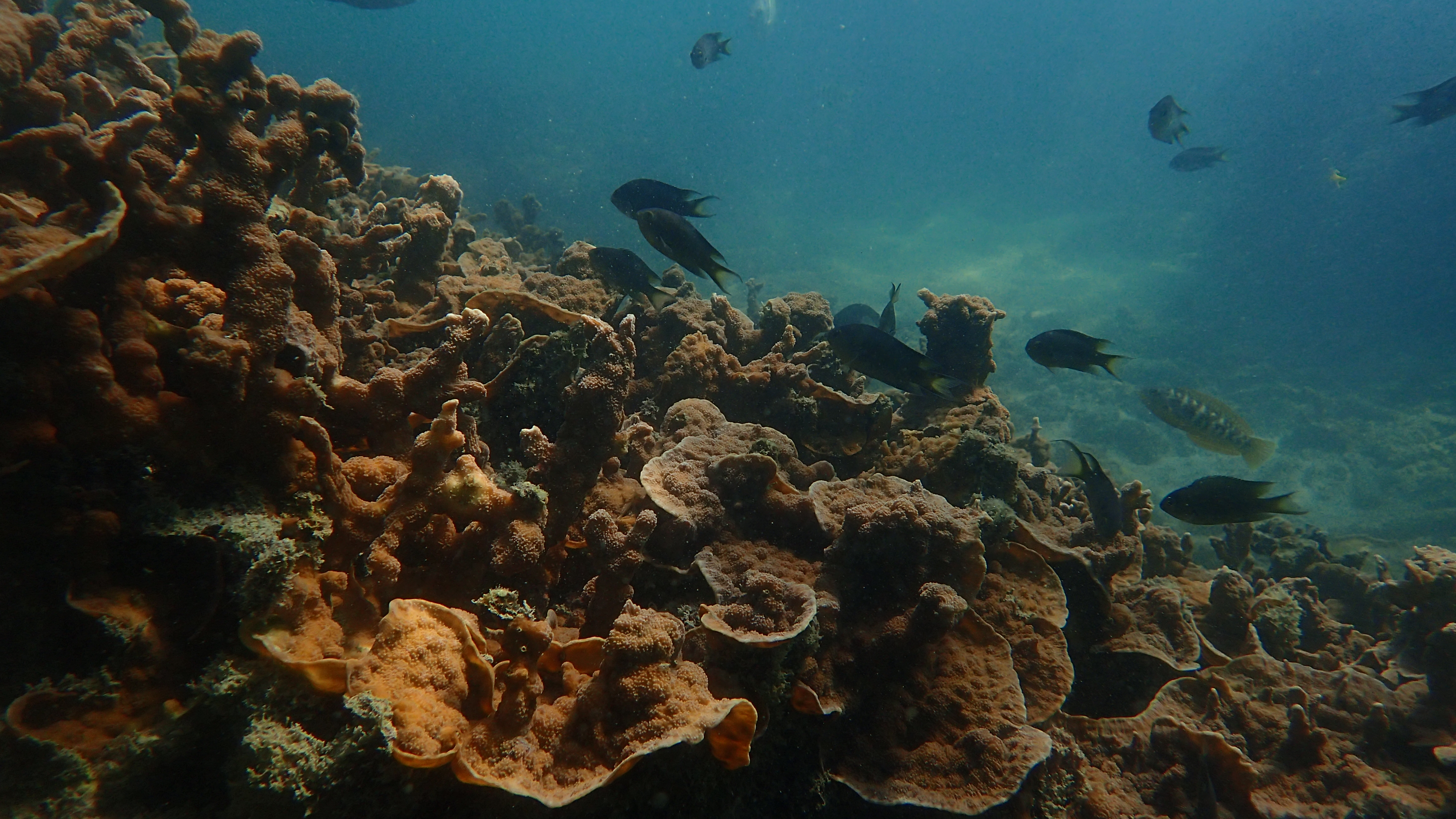
In the water, the fringing reef is bustling like a metropolis. Other hard corals, like encrusting and table corals, now form the reef. Cascades of corals of different shapes and sizes create plenty of space for a myriad of reef organisms to thrive in.
These habitats are connected through the flow of energy. Troops of long-tailed macaques and Dusky langurs travel through the different forests to feed and rest. White-bellied sea eagles and Brahminy kites feed on fresh fish from the sea and roost in the canopy of the rainforest. Sungai Datai (Datai River) transports nutrients and organic matter from the land onto the beach before emptying into the sea. The tide reverses this by transporting energy to the beach and mangrove forest.
It is this interrelation of distinct habitats that make Datai Bay special and for The Datai Langkawi to thrive together with the natural world. The Datai Langkawi celebrates the importance of this interrelation through being committed to the conservation of these natural habitats through the sustainable use of its surroundings.
We cannot wait to explore these natural habitats with you.